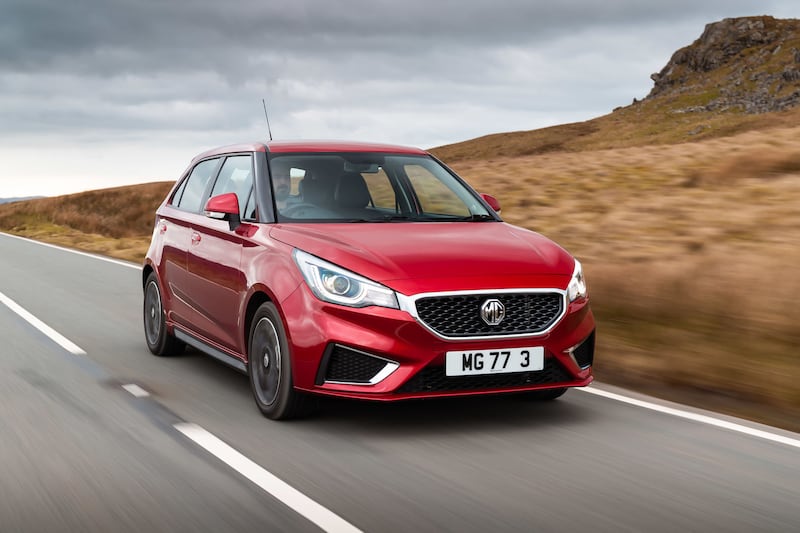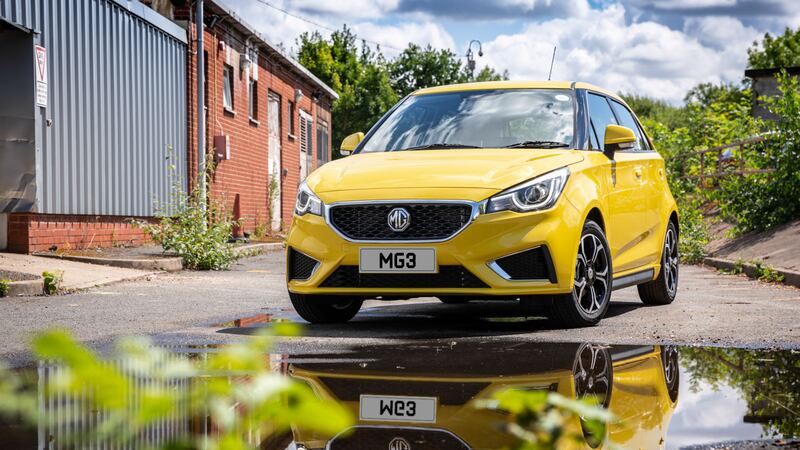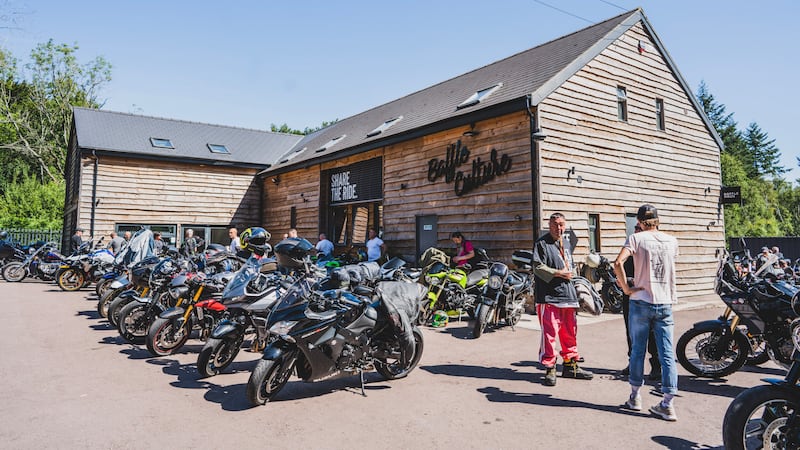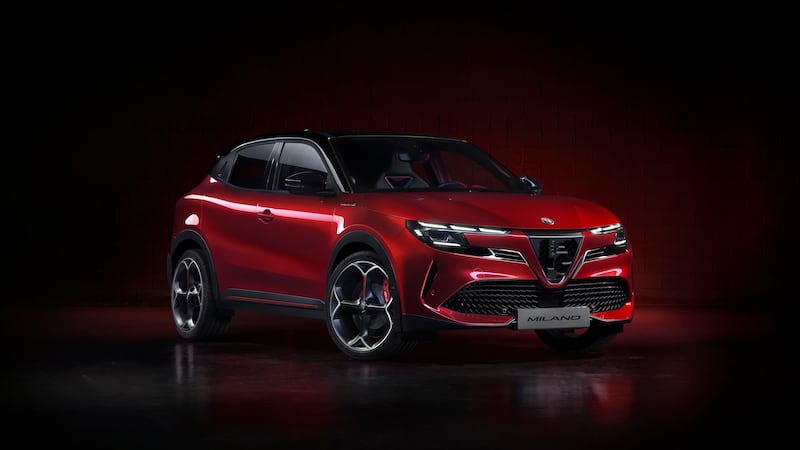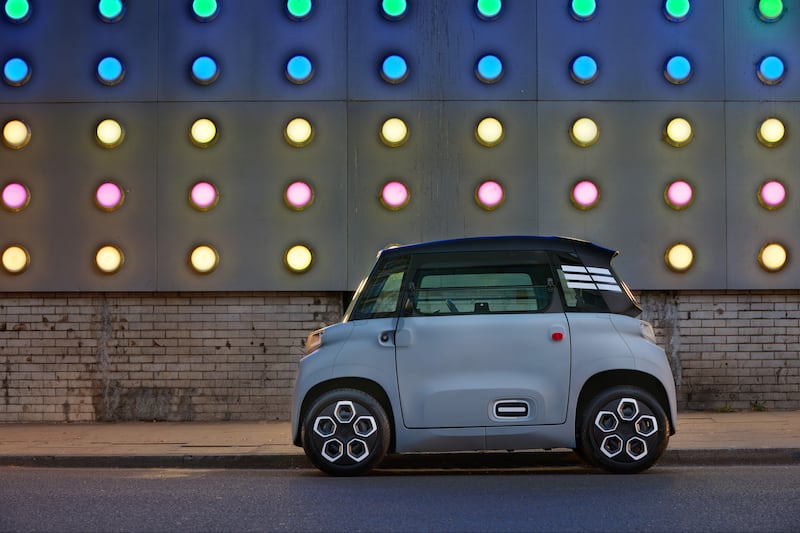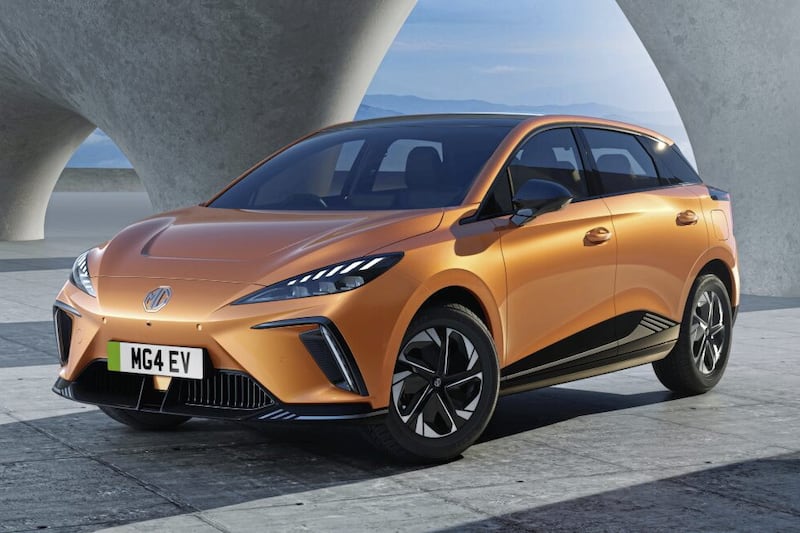THE formative experiences of my motoring childhood included a couple of years in the early 1980s being ferried around in an MG Metro, writes William Scholes.
In hindsight some would say it's amazing I went on to develop any sort of interest in cars at all, such is the poor reputation that has gathered around the British industry of that era.
Today's featured car has nothing to do with that MG apart from the badge, but nonetheless it did spark some reminiscences...
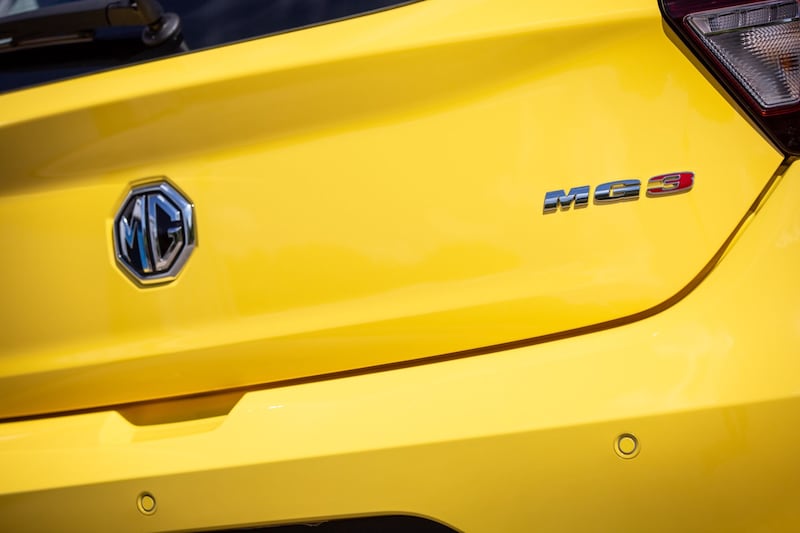
The Metro was a classic example of the make-do-and-mend approach that characterised BL as it emerged from the 1970s into the 1980s, with bright and inventive engineers stymied by under-investment and a recalcitrant Birmingham workforce that went on strike 523 times in a 30-month period.
The MG badge predates all that industrial discontent, first appearing in the 1920s when the Morris dealership in Oxford - imaginatively called 'Morris Garages' - starting modifying the manufacturer's standard cars to create something sportier.
MG was quickly brought within the Morris empire and though it continued to produce sportier versions of regular saloon cars, it became synonymous with two-seater roadsters such as the MGB.
Production of the MGB ended in 1980, leaving the storied nameplate defunct - until, that is, a plan was hatched to revive the badge to denote the sporty versions of BL's family cars.
As ideas go, it made a lot of sense. The organisation didn't have the money to build a new bespoke sports car and it was also consistent with MG tradition to 'soup up' a family car.
The MG Metro turned up in 1982 - MG versions of the Maestro and Montego followed later - and we had one of the very first in Northern Ireland.
As a very small boy I remember fondly its velour-trimmed bucket seats, pepper pot alloy wheels, black paintwork and spoilers.
It had red pinstripes and thicker go-faster stripes. And, of course, the legendary octagon MG badge was emblazoned all over the car.
What I don't remember so well, though there are photographs in a family album somewhere to prove it, was that it leaked and that even when the driver's door was closed, an envelope could be slid between the door frame and the B-pillar.
It wasn't so much an MG Metro as an MG Post Box. It wasn't very well built, in other words, and that particular car didn't remain on our driveway for very long.
Fast forward, and the MG badge is one of the few remnants to survive from the wreckage of the once-great British Leyland.
Whole books have been written on how we got to where we are today, but suffice it to say for now that today's MG is a Chinese company.
It still engineers its cars for our roads from a base in Birmingham, which is a link of sorts to the past, though today's MG cars don't major so much on sportiness as sheer value for money.
Size-wise, the MG 3 is a rival for the Renault Clio, Ford Fiesta, Volkswagen Polo and their ilk, but it's an awful lot cheaper
MG is following a template familiar to that employed by, say, Skoda, Hyundai and Kia in recent years.
Where once those brands were ridiculed or dismissed, they are now firmly established in the mainstream; expect MG to do the same, and perhaps even more quickly as electric vehicles become more prevalent.
The company's family SUV, the ZS, is cheap, well equipped and better to drive than you might think. It seems to be popular and is further distinguished by an EV version, which must be the most battery car you can get for your money right now.
There's a new, larger SUV called the HS, which follows the same formula, though I've yet to drive it.
Which brings us to the smallest car the company sells here, the MG 3.
Size-wise, this little five-door hatchback is a rival for the Renault Clio, Ford Fiesta, Volkswagen Polo and their ilk, but it's an awful lot cheaper.
The cheapest version costs less than £9,500 and the most expensive fully-loaded model is a fiver under £13k.
Only a Dacia Sandero sits in the same size/price overlap in the small car Venn diagram.
The MG is a lot better looking though, which could well swing it for a lot of punters. From the outside, particularly in the dark metallic red of my test car, it could even pass for a last-generation Mazda - this is meant as a compliment - whereas the Dacia is a more utilitarian proposition.
A more prosaic plus point is the MG's seven-year, 80,000-mile warranty. Coincidentally, a seven-year warranty was also part of Kia's strategy to establish itself and persuade punters that a cheap car could also be a reliable, dependable one.
The MG 3 might be upmarket on the outside but it's a bit low-rent inside. You can see and touch at least part of the reason that a new Clio or Peugeot 208 costs a lot more; there's no soft-touch plastics or high-res digital screens and so on.
What there is, though, is perfectly well bolted together and designed. It's far better built than the Metro ever was.
Spend more time with the MG, and you will appreciate the spaciousness of the interior, the clarity of the instruments and a rather good driving position
Spend more time with the car, and you will appreciate the spaciousness of the interior, the clarity of the instruments and a rather good driving position.
MG has plundered the 'ex' page from the dictionary for its trim levels, which start at Explore (£9,495) and ascend to Excite (£11,395), Exclusive (£12,795) and Exclusive Nav (£12,995).
The Explore car must be a pretty spartan place, though it does come with Bluetooth for audio streaming and phone, as well as a USB socket.
Step up a notch and you will find an eight-inch touchscreen in the middle of the dashboard.
It's not the last word on fast-acting menus and super-sharp graphics but it is completely acceptable and comes loaded with Apple CarPlay and Android Auto, which rather makes other criticisms of the unit redundant.
The MG feels most off the pace under the bonnet, where a decidedly old-school 1.5-litre four-cylinder petrol engine lurks.
It is unencumbered by turbocharging, mild hybrid assistance or the smooth three-cylinder sweetness that its more expensive rivals tend to tout nowadays.
However, the engine does make a respectable 105bhp and 101lb.ft. Less impressive are CO2 emissions of 140g/km and combined fuel economy of 42mpg.
Top speed, for what it is worth, is 108mph and 0-60mph is over in 10.4 seconds.
The engine needs to be thrashed to make the most of its limited shove which isn't the most aurally encouraging exercise.
But even here all is not lost. The five-speed gearbox is surprisingly pleasant to use, with a neat, positive action, and the pedals are well weighted. The hydraulically assisted power steering has good feel, too.
Yes, the suspension isn't as supple and as thoroughly sorted as something like a Ford Fiesta but the net effect is that the MG is a small car that can be hustled along a twisty road with surprising vim and fun.
A relatively new entrant - in its current guise - like MG may lag behind more established car-makers in the engine department, but that gap will dramatically shrink as electric cars become more common.
Indeed, it could well swing the pendulum towards a company like MG which has the might of China's biggest battery producer behind it.
For now, the MG 3 does feel like it comes from a different generation than a Clio or 208.
But so too does its price. And, in any case, it isn't as far behind Europe's finest small hatches as you may think.
If they were a smartphone, they would be an Apple iPhone 11 Pro Max while the MG is something like an iPhone 6 - not as bang-up-to-date but still effective.
I liked the MG 3 a lot more than I expected. And it's way better than our family's old MG Metro...
